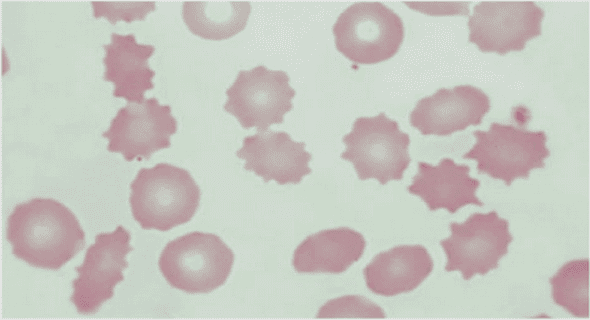(Downloads - 0)
For more info about our services contact : help@bestpfe.com
Table of contents
1 Introduction
1.1 Historical perspectives
1.1.1 Sea urchin embryology in the 19th century
1.1.2 Fruit fly genetics in the 20th century
1.1.3 Drafting a gene regulatory circuit
1.1.4 Emergence of computational systems biology
1.2 Current view of gene regulatory logic
1.2.1 The DNA regulatory modules of transcription
1.2.2 The enhancer-promoter regulatory dialog
1.2.3 The regulation of enhancer activity in space and time
1.2.4 Enhancer activity screening and annotation
1.3 Methods and challenges to assay genome complexity
1.3.1 Pan-genomic characterisation of gene expression and epigenomic status
1.3.2 Computational methods to harness genome-wide data
1.3.3 Using perturbation to assess functionality
1.4 A network perspective on gene regulation
1.4.1 Systems Biology concepts
1.4.2 Probabilistic network inference
1.4.3 Mechanistic network modelling
1.5 Aims of my PhD
2 Deciphering cis-regulation using genetic variation
2.1 Study summary
2.2 Methodological background
2.2.1 The Drosophila Genetic Reference Panel
2.2.2 Allelic ratio measures in F1 hybrids
2.2.3 Mapping strategies for F1 hybrids
2.2.4 Controlling for mapping bias
2.2.5 Controlling for genotyping bias
2.3 Contribution to the published work
2.4 The mechanisms and evolutionary relevance of regulatory variants in embryonic development
2.4.1 Abstract
2.4.2 Introduction
2.4.3 Results
2.4.4 Discussion
2.4.5 Methods
2.4.6 Supplementary figures
2.4.7 Supplementary methods
2.4.8 References
2.5 Complementary results
2.5.1 Construction of the mappability mask
2.5.2 Impact of the synthetic mask
2.5.3 Impact of using F1 genomic data to discard genotyping errors
2.5.4 Impact of using egg data to discard maternal transcripts
2.5.5 Delineation of genomic regions with overlapping signals
2.5.6 Probing direct interactions with partial correlation
2.5.7 Exploring allelic imbalance at the SNP level
2.5.8 Script availability
3 Depicting trans-regulation using logical modelling
3.1 Study summary
3.2 Methodological background
3.2.1 The regulatory role of TGF-b signalling
3.2.2 Draw me a TGF-b map
3.2.3 Feedback circuits
3.2.4 Logical formalism
3.2.5 Dynamical simulation
3.3 Contribution to the published work
3.4 Deciphering and modelling the TGF-b signalling interplays specifying the dorsal-ventral axis of the sea urchin embryo
3.4.1 Abstract
3.4.2 Introduction
3.4.3 Results
3.4.4 Discussion
3.4.5 Materials and methods
3.4.6 Acknowledgements
3.4.7 References
3.5 Complementary results
3.5.1 Script availability
4 Conclusions and perspectives
4.1 Biological aspects
4.1.1 Coupling between epigenetic and transcriptional regulatory mechanisms
4.1.2 The mechanims of TGF-b cross-inhibition
4.2 Methodological aspects
4.2.1 Allele-specific measurements can contrast cis- versus trans- effects
4.2.2 DNA binding motifs from ChIP-seq targeting histone marks
4.2.3 The iterative process of network modelling
4.3 Prospects
4.3.1 Aiming at a system-wide model
4.3.2 Towards the inference of regulatory networks
4.3.3 Qualitative inference of network dynamics

